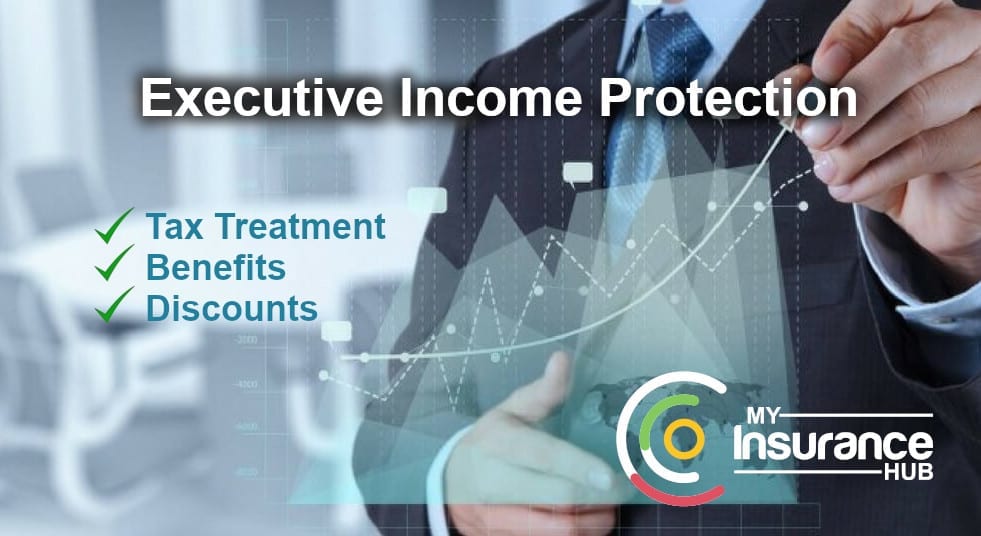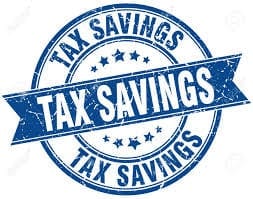Executive Income Protection – Tax relief on premiums

Do I need income protection?
Consumer group Which? came to the conclusion that Income Protection is:
“the one policy every working adult should consider”.
Having a form of sick pay insurance can be seen as essential especially if you are self-employed or critical to the profitability of a business.
The only way to decide if you need cover is to simply imagine the consequences if you became too sick/injured to work and stopped earning, for contractors and directors of small limited companies this can be severe:
- Do you have substantial savings to fall back on?
- How long would it be before you would struggle to pay the mortgage & household bills if your income stopped?
According to the Office for National Statistics more than 2 million people have been classed as ‘economically inactive’ due to long-term sickness in the first half of 2019 in the UK.
If you are over 25 then Employment and Support allowance starts at just £73.10 per week. Other benefits often depend on means testing, the severity of your disability and thus eligibility is not guaranteed.
When you combine this with a general lack of savings, the high likelihood of a long term injury or illness during our working life, and minimal financial assistance from the state the case for protecting your salary becomes clear.
Once you come to the conclusion that protecting your income is important, the next step is to get the most cover available at the best price, and crucially pay for it in a tax efficient manner.
Who is Executive Income Protection for?
Executive Income Protection is designed to protect an employee/director of a limited company. It will pay out a regular monthly benefit should the employee/director be too ill or injured to work.
With the exception of pre-existing conditions, it will protect against any medical issue or accident that stops you from being able to do your job role.

How does Income Protection for Directors and Executives work?
The business pays a monthly premium with the benefit covering a percentage of pre-tax earnings; providing a replacement income to help cover bills and everyday expenses while unable to work!
There are four major aspects to any income protection plan which will determine the cost to the business.
Monthly Benefit
With an executive income protection plan it is possible to cover 80% of your gross (pre-tax) salary and dividend income as a benefit each month. However you may feel that you would not need that much to cover the essentials. Work out what you need to cover your essential bills each month.
Deferral Period
This is the length of time you need to be unable to work before the monthly benefit starts to be paid out. The more savings you have, the longer you can wait and the cheaper the price becomes. If you can survive on savings for three months for example that will be considerably cheaper than a one month deferral.
Expiry date of the plan
This is the age when the protection will end. The longer the plan the more expensive it will be, the most sensible thing is to protect yourself until your expected retirement age.
Maximum pay-out period
This is the maximum amount of time you can claim each time you are off work. Short-term plans pay out for a maximum of 1, 2 or 5 years per condition per claim, however a long-term (full-term) plan can continue paying out either until you return to work or you reach the end of your policy.
Can I cover my Partner’s Dividends?
Yes, it is possible to cover your partner’s dividends as long as they hold a non-profit generating role (i.e. they would not be able to continue to generate an income if you were unable to work due to accident or illness).
Indexation
It’s possible to index link an Executive Income Protection plan so that the monthly sum assured increases each year in line with inflation protecting the “real” value. However it is important to make sure that as time goes on you do not go above the maximum benefit you are allowed for your income.

How is Executive Income Protection Taxed?

Executive Income Protection is taxed at point of claim instead of on the premiums (which are paid for by the company before taxation).
You save tax on the monthly premiums which are paid for by the business, but once the benefit is paid to the company tax will be liable on any money you take out of the business in the same way as any other remuneration.
This is why you are able to insure a higher percentage of your gross income with Executive Income Protection; 80% compared to 60% on most private plans.
Despite the company paying for the policy, it’s not usually classed a P11D Benefit in Kind.


